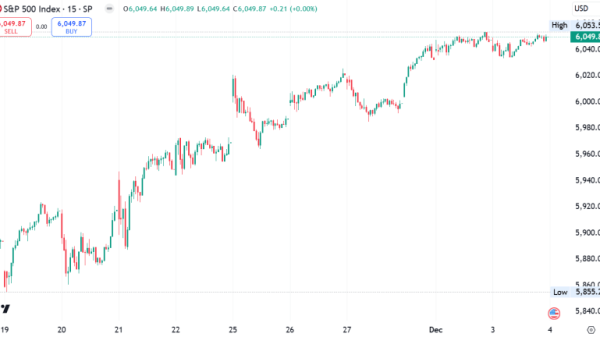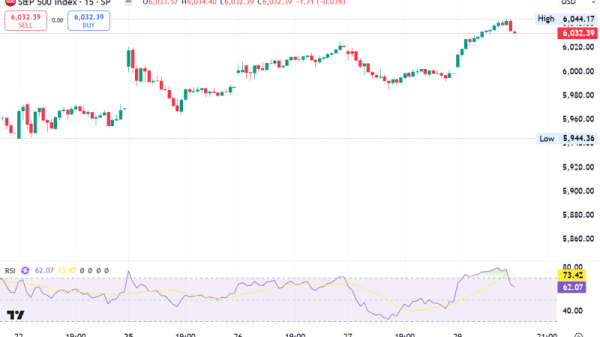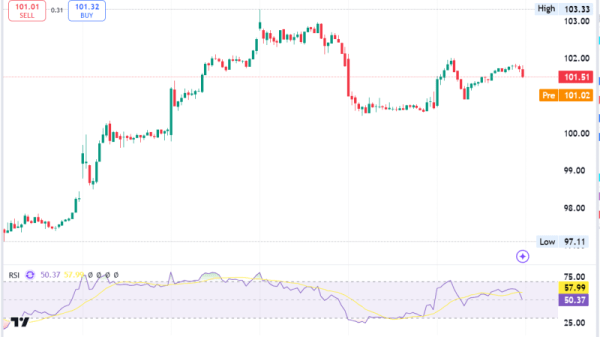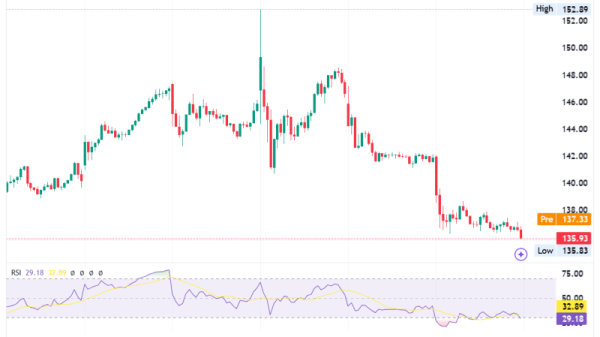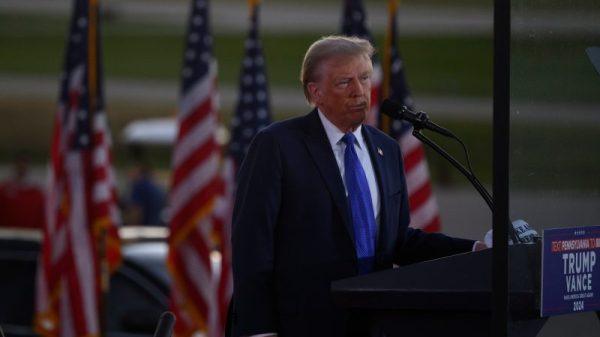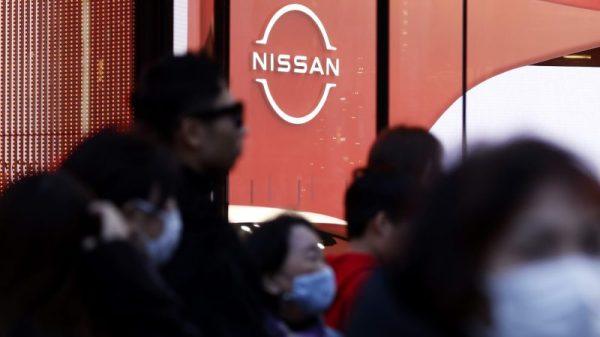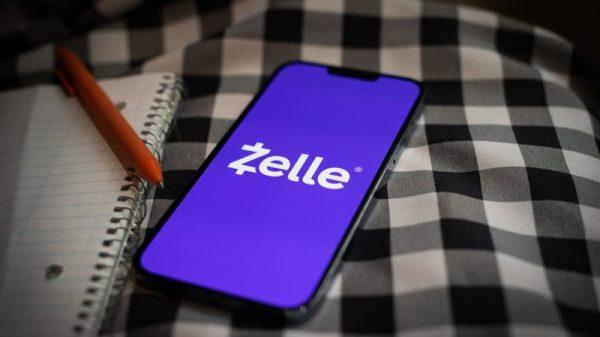By David Dolan
TOKYO (Reuters) – Honda (NYSE:HMC) and Nissan (OTC:NSANY) expect big benefits from their potential merger to create the world’s third-largest auto group but intense competition from China raises questions about whether they can make it work in time.
The Japanese automakers said on Monday they had agreed to begin formal talks on a merger. While the outcome is not certain and will depend partly on troubled Nissan making progress in its turnaround, they aim to finalise the deal by August 2026.
Nissan’s junior partner, Mitsubishi Motors (OTC:MMTOF), will decide by next month whether it plans to take part.
The automakers are targeting more than 1 trillion yen ($6.4 billion) in synergies by leveraging a common platform, shared research and development (R&D) and joint procurement.
Their operating profit target of more than 3 trillion yen represents a 54% increase on their combined results last year.
But the full effect of synergies is not likely to be felt until after 2030, Honda CEO Toshihiro Mibe told a joint press conference on Monday. The companies need to build up capabilities to take on Chinese rivals by then, he said, or face being “beaten”.
Analysts question whether they have that much time.
The biggest immediate hurdle for both may be their model line-up. Neither are particularly strong in EVs. Nissan, although an early pioneer with the Leaf, later stumbled. A new EV, the Ariya, was supposed to challenge Tesla (NASDAQ:TSLA)’s Model Y but was hampered by production problems.
Honda has focused more on hybrids and unlike Nissan offers the models in the United States, where demand for the cars has surged.
“Both companies lack compelling EV offerings, and the combined entity would still face the challenge of a new EV model pipeline and R&D in technology,” said Vincent Sun, a senior analyst at Morningstar.
A standardised vehicle platform would produce cost synergies, but that, too, would take time to develop.
It “may take longer than anticipated” to fix the business, Sun said.
LOST GROUND
In China, the shift to electrified cars has seen consumer interest focus on software-driven features and the digital experience inside the car, areas where the Chinese makers excel.
BYD (SZ:002594) and other domestic brands have zoomed past legacy automakers, rolling out EVs and hybrids loaded with innovative software. Both Honda and Nissan have lost ground in China, the world’s biggest auto market.
Honda reported a 15% drop in quarterly profit last month, and has been scaling back its workforce in China. Nissan has already announced plans to cut 9,000 jobs globally and manufacturing capacity by 20% due to slumping sales in both China and the United States.
Turning around their sizable China operations will entail “significant execution risk”, Dean Enjo, a senior analyst at Moody’s (NYSE:MCO) Ratings, wrote in a note to clients.
Both automakers are also focused on the United States and Japan. That “significant overlap” means the merger won’t deliver big benefits in terms of geographic diversification, Enjo said.
However, the integration could help them weather any potential impact from import tariffs under incoming U.S. President Donald Trump, Enjo said.
BIG DEAL
Honda is Japan’s second-largest automaker, while Nissan is the country’s No.3. Combined, they would become the world’s third-largest auto group by vehicle sales after Toyota (NYSE:TM) and Volkswagen (ETR:VOWG_p).
The merger would also be the biggest reshaping in the global auto industry since Fiat (BIT:STLAM) Chrysler Automobiles and PSA merged in 2021 to create Stellantis (NYSE:STLA) in a $52-billion deal.
The size of the deal highlights the gravity of the threat from Chinese rivals, especially as they have been making inroads in regions like Southeast Asia, where Japanese automakers were once dominant.
For Japan, a threat to the auto industry is a threat to its economic lifeblood, as the country’s influence in once-key industries such as consumer electronics and chips has waned over the years.
The technological challenge means that legacy auto companies that don’t find new partners risk the prospect of becoming smaller companies with higher capital expenditure and R&D costs per vehicle, analysts at Morgan Stanley (NYSE:MS) said in a note earlier this month, when reports of the potential tie-up first surfaced.
“Given the industry dynamic, there could be more consolidation to come,” they said.
($1 = 157.0500 yen)

